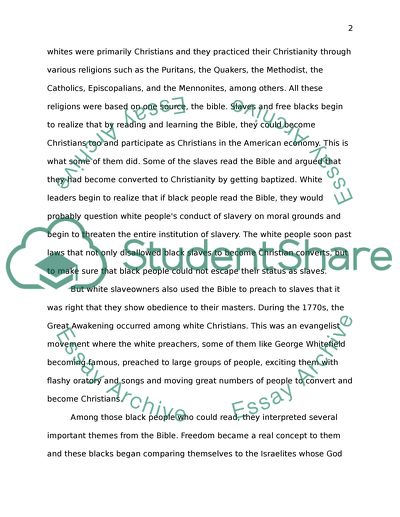Cite this document
(“Women's role in the African American Church Research Paper”, n.d.)
Retrieved from https://studentshare.org/family-consumer-science/1408093-women-s-role-in-the-african-american-church
Retrieved from https://studentshare.org/family-consumer-science/1408093-women-s-role-in-the-african-american-church
(Women'S Role in the African American Church Research Paper)
https://studentshare.org/family-consumer-science/1408093-women-s-role-in-the-african-american-church.
https://studentshare.org/family-consumer-science/1408093-women-s-role-in-the-african-american-church.
“Women'S Role in the African American Church Research Paper”, n.d. https://studentshare.org/family-consumer-science/1408093-women-s-role-in-the-african-american-church.


